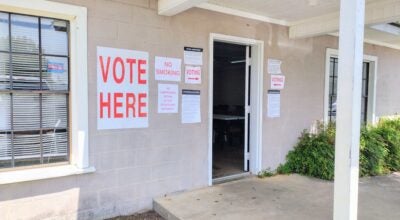Heat advisory issued, ADPH warns of heat stroke concerns
Published 10:37 am Tuesday, August 2, 2011
The Alabama Department of Public Health advises the public to be alert to the warning signals of heat illnesses. The National Weather Service has issued a heat advisory, which is in effect through this afternoon for central and south Alabama.
The combination of heat and humidity will create heat index values near or above 105 degrees F this afternoon.
Excessive heat can be deadly and the combination of the heat and humidity currently affecting Alabama means the public should be alert of the warning signals of heat illnesses.
Heat related illnesses occur when the body’s temperature control system is overloaded.
ADPH advises everyone to drink plenty of water, stay in air-conditioned areas and keep out of the direct sun.
Individuals with heart problems, poor circulation, diabetes, a previous stroke or obesity are at greater risk of becoming sick in hot weather.
Heat-related illnesses may increase among people using medications for high blood pressure, nervousness or depression.
The public should also check on the elderly and ensure pets have plenty of water to drink and a shady place to cool off.
Heat stroke, sometimes called sunstroke, is the most serious heat related illness. It occurs when the body is unable to control its temperature.
The body’s temperature rises rapidly, the sweating mechanism fails, and the body is unable to cool down.
Body temperature may rise to 106 degrees or higher within 10 to 15 minutes.
Heat stroke can cause death or permanent disability if emergency treatment is not provided.
Warning signs of a heat stroke vary, but include the following: An extremely high body temperature (above 103 degrees), red, hot and dry skin (no sweating), rapid, strong, pulse-throbbing headache, dizziness, nausea, confusion, unconsciousness.
Get the person to a shady area, cool rapidly in a tub of cool water, place in a cool shower, spray with cool water from a garden hose, splash with cool water, or if the humidity is low, place in a cool, wet sheet and fan vigorously.
Monitor body temperature and continue cooling efforts until the person’s body temperature drops to 101 or 102 degrees.
If medical personnel are delayed, call a hospital emergency room for further instructions.
For more information, visit www.adph.org.




